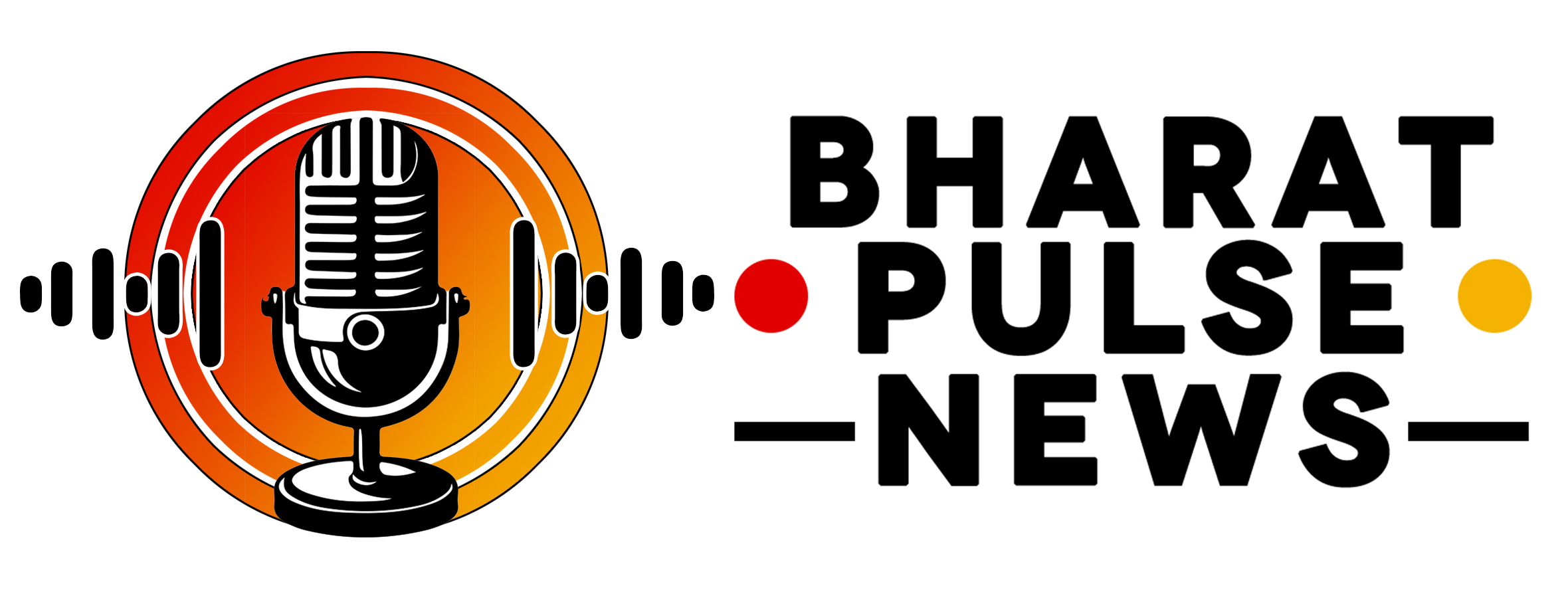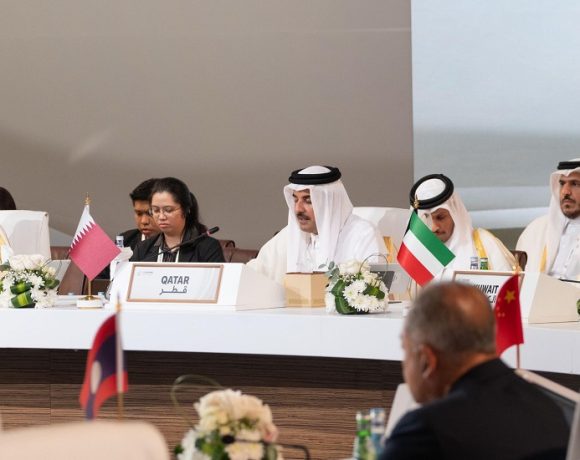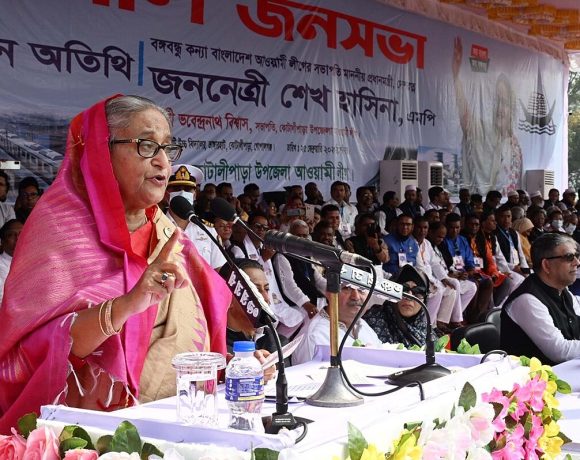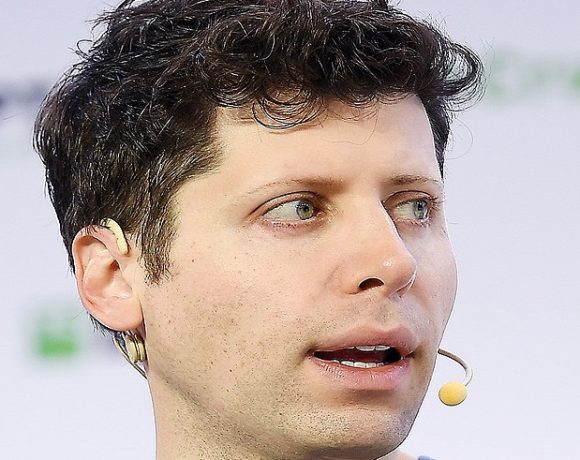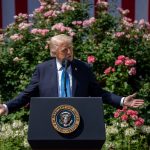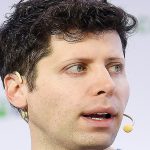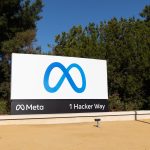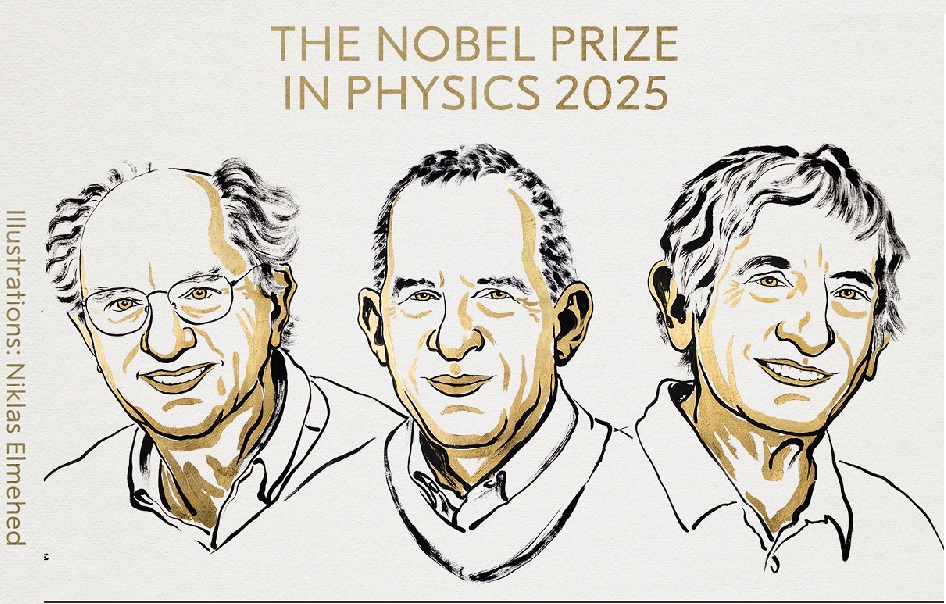
Nobel Prize Goes to Three for Quantum Breakthrough
The 2025 Nobel Prize in Physics has been awarded to John Clarke, Michel H. Devoret, and John M. Martinis for experiments that showed quantum mechanics applying at a larger scale. Their work demonstrated macroscopic quantum tunnelling and energy quantisation in an electric circuit.
Discoveries in Macroscopic Quantum Behavior
In the mid-1980s, Clarke, Devoret and Martinis built superconducting circuits using Josephson junctions. In these, they made two key observations: one, that the system could “tunnel” between states even though classical physics would forbid it; and two, that energy was absorbed or emitted in discrete packets, consistent with quantisation principles. Their experiments proved that quantum effects—usually limited to atoms and particles—can manifest in technologically useful circuits.
Implications for Quantum Technology
The Nobel committee noted that their findings help bridge the gap between classical and quantum physics. The work supports the development of devices like superconducting qubits, sensors, and quantum computers. Today, the same principles underlie much of quantum computing hardware.
Prize Details and Reactions
The three laureates will share a sum of 11 million Swedish kronor. Clarke, speaking by phone during the announcement, said he was surprised by the award and emphasized how quantum laws already underlie everyday devices. The award recognizes how fundamental experiments decades ago are shaping modern technology.
